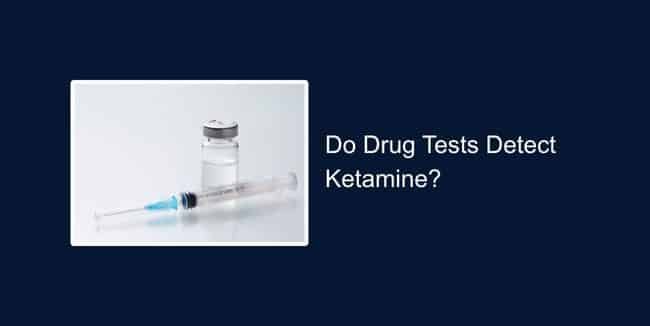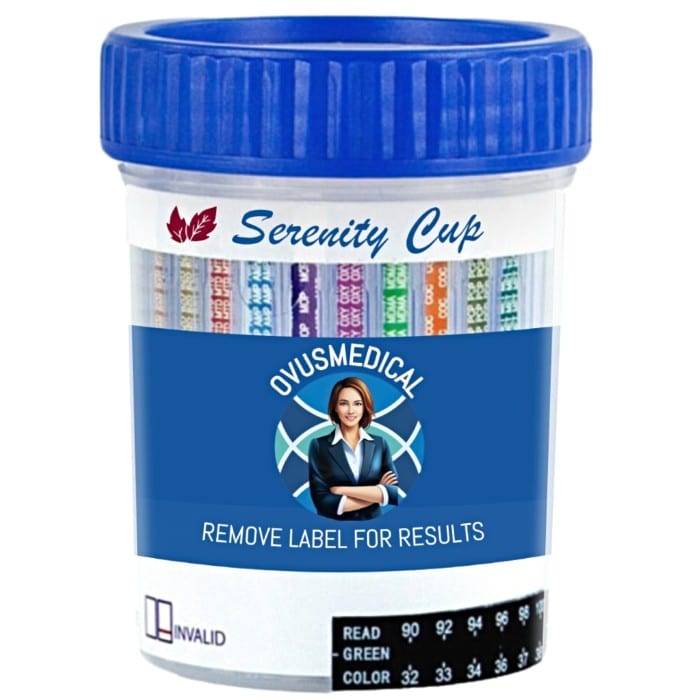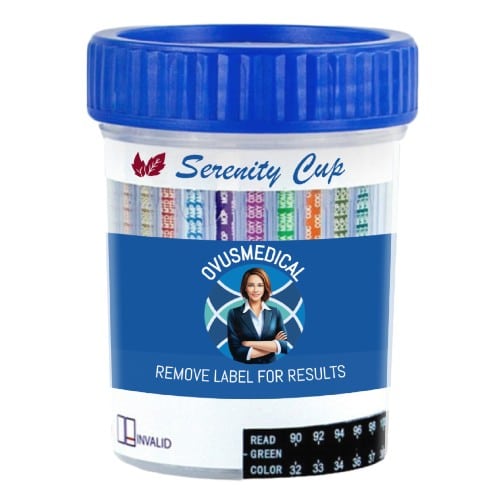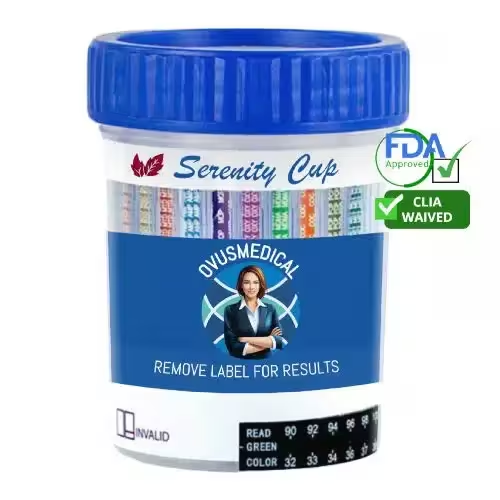Understanding Ketamine: Uses and Effects
Ketamine, first synthesized in the 1960s, is widely used in human and veterinary medicine as an anesthetic. It induces dissociative anesthesia, a trance-like state that provides sedation, pain relief, and amnesia. More recently, ketamine has shown promise in mental health treatment, particularly for treatment-resistant depression, leading to off-label use in clinics worldwide.
Despite these medical applications, ketamine is also misused recreationally. Known on the street as “Special K”, it’s sought for its hallucinogenic and dissociative effects, which can range from euphoria to dangerous out-of-body experiences. Long-term misuse can cause cognitive impairment, bladder dysfunction, and addiction.
Understanding ketamine’s dual role as both a therapeutic agent and a drug of abuse is key when examining its detection in drug tests.
Types of Drug Tests and How They Work
Drug tests are designed to detect drugs or their metabolites in biological samples. Common methods include:
- Urine tests: Most widely used; non-invasive with detection windows of a few days.
- Blood tests: Detect very recent use; shorter detection window (up to 24 hours).
- Hair tests: Detect long-term use (up to 90 days); show usage history.
- Saliva tests: Detects recent use (24–48 hours); non-invasive and fast.
Each has unique strengths depending on the purpose of the test.
Does Ketamine Show Up on Standard Drug Tests?
Standard 5-panel or 10-panel tests typically screen for marijuana, cocaine, opiates, amphetamines, and benzodiazepines. Ketamine is not included in standard panels.
To detect ketamine, a specialized test must be ordered. These tests identify ketamine and its metabolite, norketamine, using advanced techniques such as gas chromatography-mass spectrometry (GC-MS) or liquid chromatography-tandem mass spectrometry (LC-MS/MS).
So while ketamine won’t appear on routine workplace or probation drug tests, it can absolutely be detected when specifically tested.
Specific Ketamine Detection Tests
- Urine Tests: Detects ketamine for up to 3–4 days. The most common method.
- Blood Tests: Detectable up to 24 hours; useful in emergencies.
- Hair Tests: Can reveal use over 90 days; show long-term patterns.
- Saliva Tests: Detects recent use within 24–48 hours; less commonly used.
Factors That Influence Detection
Detection windows vary based on:
- Dosage & frequency: Higher or frequent use = longer detection.
- Method of administration: Oral vs. injection impacts metabolism.
- Metabolism & health: Age, liver function, and hydration all affect how fast ketamine clears.
Legal Status and Testing Implications
In the U.S., ketamine is a Schedule III controlled substance, meaning it has accepted medical use but also potential for abuse.
A positive ketamine test can have consequences depending on context:
- Employment: May raise red flags if not prescribed.
- Medical: Must distinguish between therapeutic vs. misuse.
- Legal: May lead to probation or court issues.
How Long Does Ketamine Stay in Your System?
- Urine: Up to 3–4 days
- Blood: Up to 24 hours
- Hair: Up to 90+ days
- Saliva: Up to 48 hours
Myths About Ketamine Drug Testing
- “Ketamine doesn’t show up on drug tests.” → True for standard panels, false if a targeted test is used.
- “You can flush ketamine out by drinking water or detox drinks.” → False; advanced methods detect even trace amounts.
- “Ketamine isn’t medical, it’s only recreational.” → False; ketamine is used for anesthesia, pain, and depression treatment.
Conclusion
Ketamine testing is more specialized than routine drug testing. While standard 5- or 10-panel screens don’t detect it, targeted urine, blood, saliva, or hair tests can confirm its presence.
With ketamine’s unique position as both a medical treatment and a recreational drug, understanding its detection is critical for healthcare providers, employers, and individuals alike.
FAQ
Does ketamine show up on a 5-panel drug test?
No, ketamine is not part of standard 5-panel or 10-panel drug tests.
What test detects ketamine?
Specialized urine, blood, hair, or saliva tests using GC-MS or LC-MS/MS detect ketamine and norketamine.
How long is ketamine detectable in urine?
Typically up to 3–4 days, depending on dose and frequency.
Can you test positive for ketamine if prescribed medically?
Yes, but documentation of medical use is critical to distinguish from recreational misuse.
You may also like…
-
16 Panel Drug Test ETG & TRA, FYL
As Low As $2.89
Forensic Use Only
$3.69 Info & Price This product has multiple variants. The options may be chosen on the product page -
14 Panel Drug Test Cup PCP
As Low As $2.79
Forensic Use Only
$3.59 Info & Price This product has multiple variants. The options may be chosen on the product page -
10 Panel Drug Test Cup
As Low As $1.89
FDA/Clia Waived
$2.89 Info & Price This product has multiple variants. The options may be chosen on the product page






